

Table of contents:
Located in the south of Kyoto city, Japan, Fushimi Inari-Taisha Shrine is one of the most iconic and revered Shinto shrines in the country.
Its vibrant red tori gates, winding trails, and serene atmosphere make it a must-visit destination for both locals and tourists. However, I want to warn you that this place does get overcrowded at certain times!
1. Managing Crowds at Fushimi Inari-Taisha Shrine
Fushimi Inari-Taisha attracts large crowds daily. To avoid overcrowding and enjoy a peaceful visit, follow these tips:
- Visitors start arriving as early as 5:00 am.
- By 7:00 am, the shrine often becomes crowded.
- If you want stunning, uncrowded photos of the famous red torii gates, arrive between 5:00 am and 6:00 am.
- Hiking midday or afternoon, while dodging crowds, could negatively affect the image you might have of this shrine.
2. Visiting Fushimi Inari: Hours and Guidelines
2.1. Entry Fees and Operating Hours
- No entry fee: The shrine is completely free to enter.
- Open 24/7: Visitors can access the grounds at any time, day or night, throughout the year.
- Staffed hours: Shrine staff are present approximately from 6:00 am to 6:00 pm.
- For a safe and comfortable visit, ensure you arrive with enough daylight hours to explore unless you're comfortable walking in low-light conditions.

2.2. Etiquette and Shrine Guidelines
Remember to be respectful of the shrine's sacredness by following the visiting guidelines. Proper etiquette includes bowing before entering the shrine, refraining from touching any religious objects, and keeping noise to a minimum.

3. How to Get to Fushimi Inari-Taisha Shrine from Kyoto Station
You can get to Fushimi Inari-Taisha Shrine from JR Kyoto Station.
- Inside the station, go to the Nara Line platform in JR Kyoto Station.
- Take the local train from platform 8, 9 or 10 (WARNING: Express trains do not stop at Inari Station).
- Inari Station is two stops away from the JR Kyoto Station (about 5 minutes).
- After passing the ticket gate, you will see Fushimi Inari Shrine right in front of you. Enjoy your visit!
- Follow the signs to the entrance of Fushimi Inari-Taisha Shrine.
If you have purchased a JR Rail Pass, you are able to use on this journey. Alternatively, you can use a prepaid IC Card, such as ICOCA or Suica.

Popular Articles


Tokyo Favorites: 20 Must-Do Experiences for Travelers
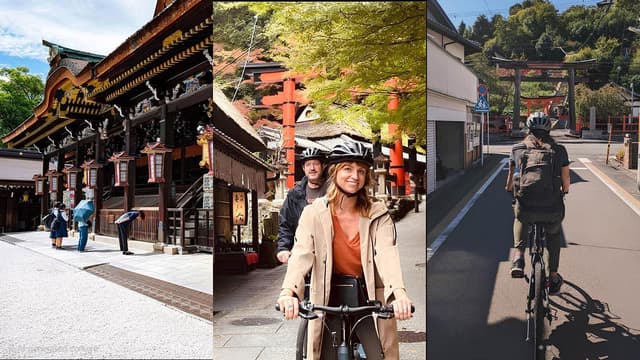
Kyoto Bike Tours: Discover the City’s Hidden Gems with Noru
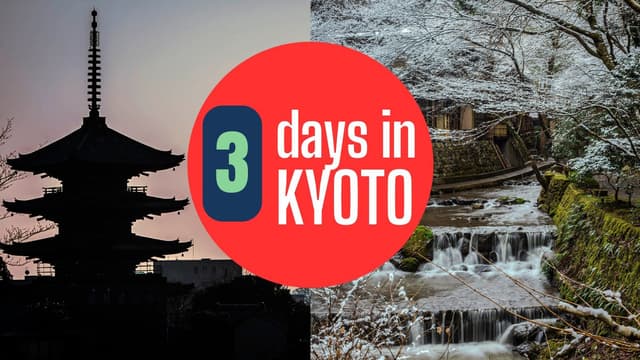
Kyoto 3-Day Itinerary: Best Things to Do for First-Time Visitors

Universal Studios Japan Tickets: Your Guide to Visiting USJ
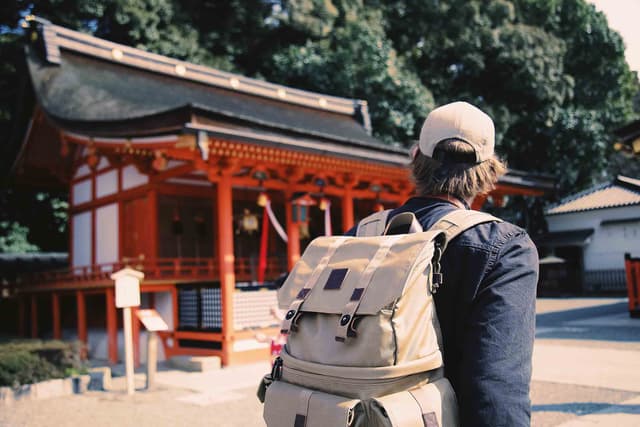
Find Out What Japan Really Thinks of Foreign Tourists

Manga Explained: Top Recommendations for Beginners
4. Cultural Significance of Fushimi Inari-Taisha Shrine
Fushimi Inari-Taisha Shrine is deeply important in Japan, both culturally and spiritually. Here’s why:
- Dedicated to Inari, the Shinto god of rice, prosperity, and business success.
- Inari is commonly symbolized by a fox, believed to bring protection and good fortune.
- For over a thousand years, the shrine has attracted worshipers seeking blessings for prosperity.
- Thousands of iconic red torii gates line the paths of Mount Inari, each donated by individuals and businesses as offerings.

5. Historical Overview of Fushimi Inari-Taisha Shrine
Established in the 8th century, Fushimi Inari-Taisha Shrine offers visitors a glimpse into Japan’s rich history. Key historical highlights include:
- Continuous renovations and expansions since its founding.
- Buildings feature vibrant red colors and intricate architectural details, characteristic of traditional Japanese style.
- Visitors can explore main halls, worship areas, and additional structures.
- The shrine contains various sacred artifacts and artworks, highlighting Shintoism’s long-standing traditions.
6. Exploring Mount Inari and Its Iconic Torii Gates
One of the highlights of visiting Fushimi Inari-Taisha Shrine is the opportunity to explore the trails of Mount Inari and immerse yourself in the beauty of the famous red gates.
The mountain offers several hiking trails of varying difficulty, allowing visitors to choose the path that suits their fitness level and time constraints. As you ascend the mountain, you'll be surrounded by thousands of torii gates, forming a corridor of vibrant colors.
Each gate is inscribed with the name of the donor, representing their gratitude towards Inari. Take your time to appreciate the unique ambiance and capture memorable photos along the way.

7. Tips for Hiking Mount Inari and Avoiding Crowds
Enhance your visit to Fushimi Inari-Taisha Shrine and avoid busy crowds by following these simple tips:
- Start Early: Begin your hike early in the morning to experience peace and quiet, while avoiding the busiest hours of the day.
- Explore Side Trails: Take advantage of smaller paths branching off the main route. These trails often lead to quieter, hidden spots with fewer visitors.
- Come Prepared: Wear comfortable shoes suitable for hiking, carry water, and use a small backpack to conveniently store essentials.
7.1. Other Attractions Near Fushimi Inari-Taisha Shrine
If you have additional time to spare after your visit to Fushimi Inari-Taisha Shrine, there are several other attractions worth exploring in the vicinity. One such place is the Tofuku-ji Temple, known for its stunning autumn foliage and Zen gardens.
Another nearby destination is the Fushimi Sake District, where you can learn about the traditional sake-making process and sample different types of sake. Additionally, the Gekkeikan Okura Sake Museum offers a fascinating insight into the history and craftsmanship of sake production. These attractions provide an opportunity to further immerse yourself in the cultural richness of Kyoto.
8. Fushimi Inari Taisha Location
Access Information
📍 Fushimi Inari Taisha
📍 Address:
68 Fukakusa Yabunouchicho, Fushimi Ward, Kyoto, 612-0882
🎟 Admission Price:
- Free entry
⏰ Opening Hours:
24 hours
🚫 Closed Days:
Open all year
🔗 Official Website:
Visit HereFAQs
What is the best time to visit Fushimi Inari-Taisha Shrine?
Early morning or late afternoon is ideal for visiting Fushimi Inari-Taisha. This helps you avoid large crowds and enjoy a quieter, more peaceful atmosphere. Visiting at these times also makes it easier to take photos of the beautiful torii gates without interruptions.
How long does it take to hike Mount Inari?
The hike to the summit of Mount Inari typically takes about two hours round-trip. However, you can shorten or lengthen your visit based on your pace and how many stops you make. Along the way, there are rest spots, small shrines, and viewpoints.
Is there an entry fee for Fushimi Inari-Taisha?
Entry to Fushimi Inari-Taisha Shrine is completely free. Visitors can explore the shrine grounds and hike the mountain without paying an admission fee. Remember to bring cash if you wish to buy snacks, souvenirs, or offerings.
How do I get to Fushimi Inari-Taisha from Kyoto Station?
From Kyoto Station, take the JR Nara Line and get off at Inari Station. The shrine is just a short walk from the station exit. The entire journey takes approximately 5 minutes, making it very easy and convenient.
Are there other attractions near Fushimi Inari-Taisha?
Yes, there are several attractions nearby. After visiting Fushimi Inari-Taisha, you can explore Tofuku-ji Temple, known for its beautiful gardens and architecture. The nearby area also has cafés, restaurants, and souvenir shops to enhance your experience.
Loading Comments...

James Saunders-Wyndham
I've been immersed in Japanese culture and daily life for over 30 years and am proud to call Japan my home. Originally from Australia, my journey has taken me from teaching at Japanese universities to traveling extensively across the country, uncovering its hidden gems. As a web developer, I built Romancing Japan from the ground up to share these experiences with you. Whether it's the charm of old Kyoto, the pulse of Tokyo, or the tranquility of the countryside, I love helping others discover the magic of Japan—one story at a time.
Popular Articles

Tokyo Favorites: 20 Must-Do Experiences for Travelers
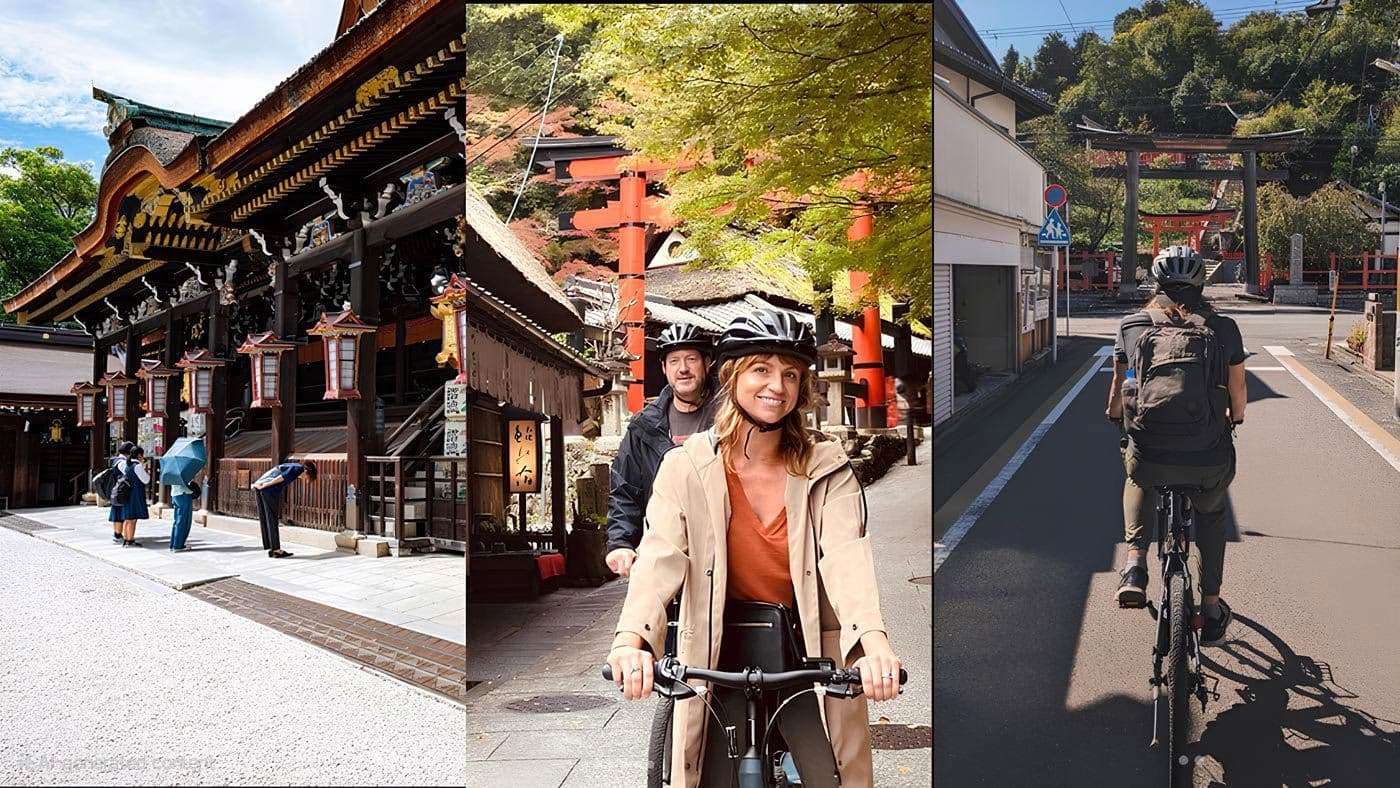
Kyoto Bike Tours: Discover the City’s Hidden Gems with Noru

Kyoto 3-Day Itinerary: Best Things to Do for First-Time Visitors

Universal Studios Japan Tickets: Your Guide to Visiting USJ
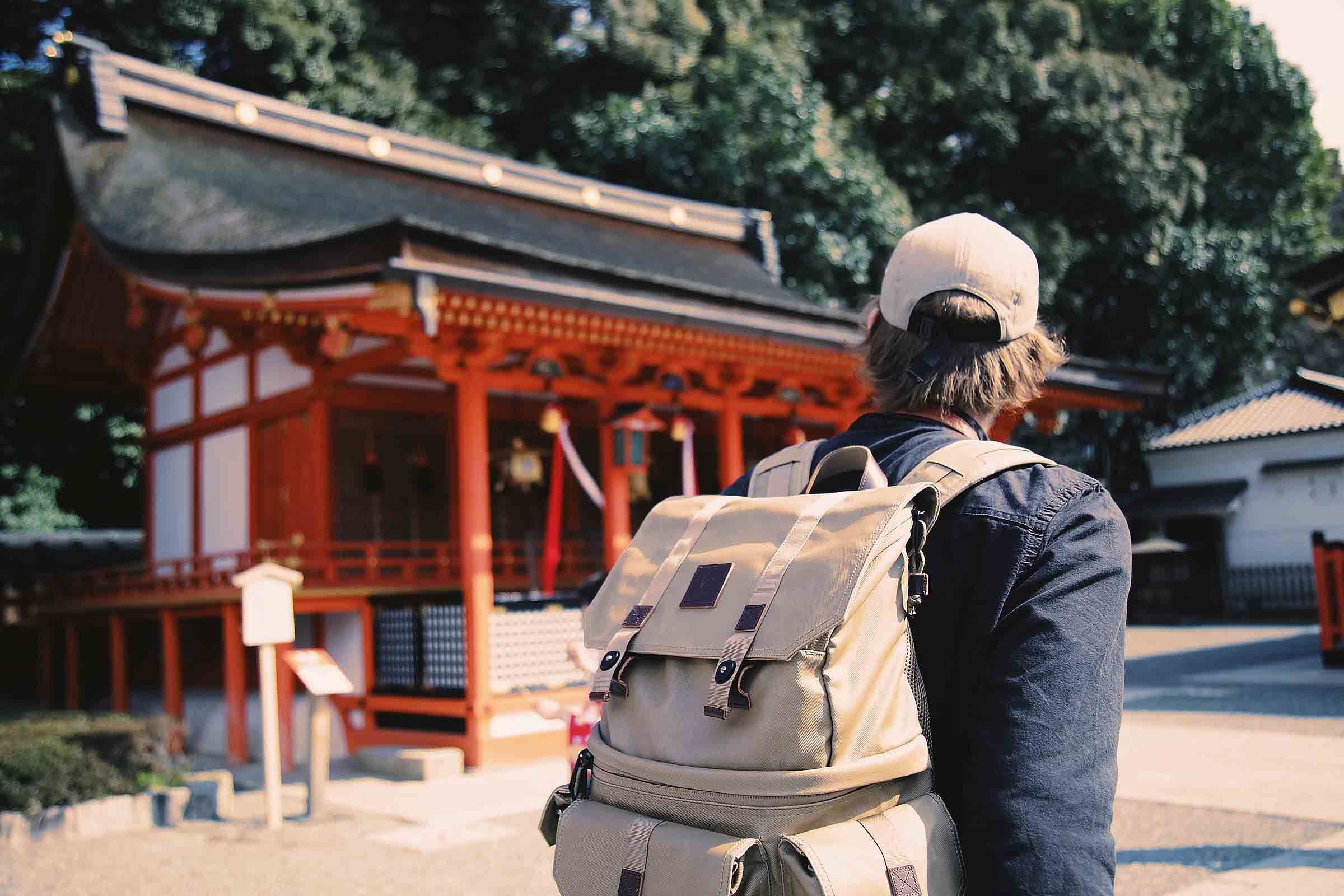
Find Out What Japan Really Thinks of Foreign Tourists
